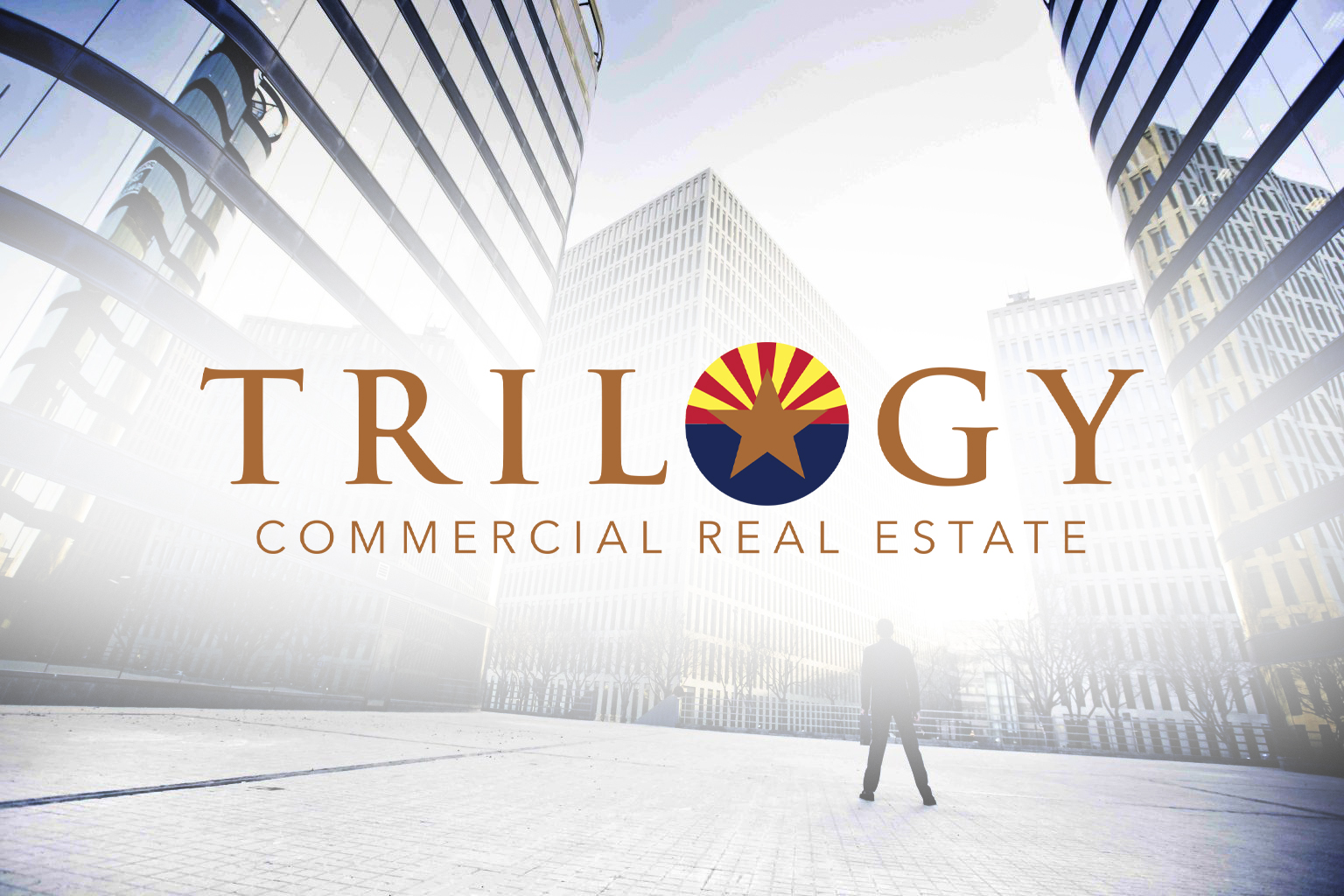Starting or running a small business is a big undertaking, but it can also be incredibly rewarding. However, one of the biggest challenges that small business owners face is financing. Whether you need money to start your business, expand your operations, or purchase equipment, there are a variety of financing options available to you.
The right financing option for you will depend on your specific needs and circumstances. For example, if you are a first-time entrepreneur with limited collateral, you may need to consider a government-backed loan or a microloan. If you have a good credit score and a solid business plan, you may be able to get a traditional bank loan. You may also want to consider alternative financing options, such as peer-to-peer lending or crowdfunding.
It is important to compare different financing options before you choose one. Consider the interest rate, the repayment terms, and the fees associated with each option. You should also make sure that you understand the terms and conditions of the loan before you sign anything.
There are a few things you can do to increase your chances of getting approved for financing. First, make sure that you have a strong business plan. This will show lenders that you have a viable business and that you are a good risk. Second, have good credit. A good credit score will make you more attractive to lenders. Finally, be prepared to provide collateral. Collateral is something of value that you can pledge to the lender if you default on the loan.
Whether you are a small business owner who is leasing or owning your commercial space, there are a number of different types of small business loans that can help you finance your office needs. Here is a more detailed overview of some of the most common types of small business loans:
Types of Small Business Loans
SBA Loan
The Small Business Administration (SBA) offers a variety of loan programs to small businesses, including loans for real estate, equipment, and working capital. SBA loans are typically easier to get than traditional bank loans, and they often have lower interest rates.
The most common SBA loan program for financing office space is the SBA 7(a) loan. This loan can be used to purchase or lease commercial real estate, as well as to purchase equipment and other business assets. SBA 7(a) loans have a maximum loan amount of $5 million, and they can be repaid over a term of up to 25 years.
To qualify for an SBA 7(a) loan, your business must meet certain requirements, such as having a good credit score and a sound business plan. You will also need to make a down payment of at least 10% of the loan amount.
Some examples of situations when a small business might consider an SBA loan:
- To purchase a commercial building.
- To lease a commercial space.
- To renovate a commercial space.
- To purchase equipment for their office.
- To cover the cost of moving into a new office space.
OfficeSpace.com partners with Lendio to provide you with business financing options.
OfficeSpace.com has a long-time partnership with Lendio, the nation’s leading small business loan marketplace. Whether you’re searching for your first commercial space or looking to expand your business, OfficeSpace.com.com and Lendio are here to support your success.
Lendio is a small business loan marketplace, with an extensive network of highly-vetted lenders and financial products. With a single free application, you can compare loan offers and choose the right financing for your business. You won’t have to deal with brokers, banks, or convoluted financial jargon. Lendio keeps it simple so you can make informed decisions and find financing fast.
Click to learn more about business financing options with Lendio.
Business line of credit
A business line of credit is a revolving loan that you can use as needed. This type of loan is ideal for businesses that need access to short-term financing for things like unexpected expenses or seasonal fluctuations in sales.
Business lines of credit typically have a credit limit, which is the maximum amount of money you can borrow. You only pay interest on the money you actually borrow, and you can repay it at any time.
Here are some situations when a small business might consider a business line of credit:
- To cover unexpected expenses, such as a sudden increase in rent or utilities.
- To meet seasonal fluctuations in sales.
- To finance a short-term project, such as remodeling their office space.
Business Term Loan
A business term loan is a fixed-rate loan that you repay over a set period of time. This type of loan is ideal for businesses that need to finance a major purchase, such as equipment or real estate.
Business term loans typically have a longer repayment term than business lines of credit, such as 5 to 10 years. They also have a fixed interest rate, which means that your monthly payments will be the same each month.
Here are some situations when a small business might consider a business term loan to finance commercial space:
- To purchase commercial real estate.
- To purchase equipment for their office.
- To finance a renovation of their office space.
Business Cash Advance
A business cash advance is a short-term loan that is typically repaid within a few weeks or months. This type of loan is often used to cover unexpected expenses or to meet payroll.
Business cash advances typically have high interest rates and fees, so they should only be used as a last resort.
Here are some situations when a small business might consider a business cash advance:
- To cover unexpected expenses, such as a sudden increase in rent or utilities.
- To meet payroll if there is a delay in receiving payments from customers.
- To finance a short-term project, such as remodeling their office space.
Accounts Receivable Financing
Accounts receivable financing is a type of loan that uses your unpaid invoices as collateral. This type of loan can be a good option for businesses that have a lot of outstanding invoices.
With accounts receivable financing, the lender will advance you a percentage of the value of your invoices. You will then repay the loan, plus interest, as your customers pay their invoices.
Here are some situations when a small business might consider accounts receivable financing:
- To cover a temporary cash flow shortage.
- To finance a purchase of inventory or equipment.
- To meet payroll if there is a delay in receiving payments from customers.
Equipment Financing
Equipment financing is a type of loan that is used to purchase equipment. This type of loan can be a good option for businesses that need to upgrade or replace their equipment.
Equipment financing typically has a term of 3 to 5 years. The interest rate will depend on your credit score and the type of equipment you are financing.
Here are some situations when a small business might consider equipment financing:
- To purchase new office furniture.
- To purchase new computers or other electronic equipment.
- To purchase machinery or equipment for their manufacturing or production process.
Commercial Mortgage
A commercial mortgage is a loan that is used to purchase or refinance commercial real estate. This type of loan is typically for a longer term than other types of small business loans, such as 10 to 20 years.
Commercial mortgages typically have a fixed interest rate, which means that your monthly payments will be the same each month.
Here are some situations when a small business might consider a commercial mortgage to grow or expand operations:
- To purchase a commercial building.
- To refinance an existing commercial mortgage.
- To expand their office space.
When choosing a small business loan, it is important to consider your specific needs and circumstances. Some factors to consider include the amount of money you need, the length of time you need the money, and the interest rate. You should also compare the terms and conditions of different loans before you choose one.
If you are a small business owner who is considering financing your office space, it is important to talk to a lender to learn more about the different types of loans that are available. A lender can help you determine which type of loan is right for your business and can help you get the financing you need to grow your business.
Here are some additional tips for small business owners who are considering financing their office space:
- Do your research. Before you apply for a loan, it is important to do your research and understand the different types of loans that are available. You should also compare the terms and conditions of different loans before you choose one.
- Get pre-approved. Getting pre-approved for a loan can give you a better idea of how much money you can borrow and what the terms of the loan will be. This can help you negotiate better terms with the lender.
- Have a good credit score. A good credit score will make it easier to get a loan and will get you better terms.
- Prepare a strong business plan. A strong business plan will show the lender that you have a viable business and that you are a good risk.
By following these tips, you can increase your chances of getting the financing you need to finance your office space and grow your business.










